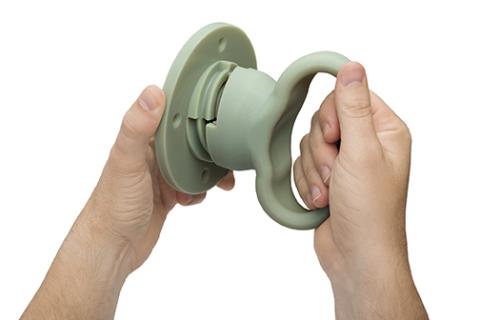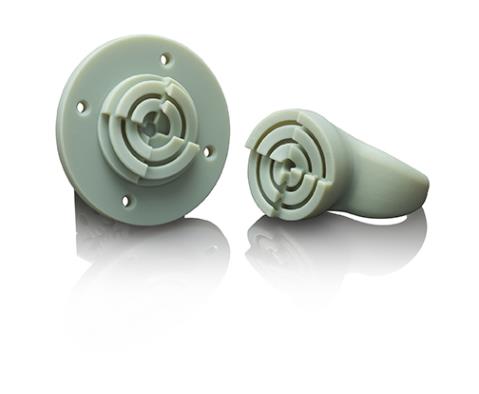Overview
Simulate the mechanical function of your end product with Polyjet 3D printing to create precise dynamic friction coefficients- all in a single build. Friction is defined as the resistance that an object or surface receives when moving over another object. A well-designed prototype takes friction into consideration and improves its grip for the end user, durability, and the ability to move freely. 3D print your prototype to achieve a competitive advantage.


Application
3D printing systems provide a solution for prototyping surfaces with varied friction coefficients that were traditionally either impossible or highly expensive to prototype in the past. Users determine the friction coefficients for different areas of a given part according to the load factor and with additive manufacturing technology, save time and money with an easy prototyping solution. With the capability to print several materials in one build, a model with varying frictions can be produced with ease.
Process
Save your model design in separate STL files according to their different parts as they can be printed in different colours later. Label each part with its relevant shore value, this will help you later easily determine which shore values received the highest score in your evaluation criteria tests. Design your model in such a manner to enable the mounting of flexible parts on your full assembly of rigid and flexible parts. You can then print up to nine different materials in one build process and assemble each part on the model for evaluation.
Lastly, to avoid disengagements, design the model so the rigid material extrudes as a thin core into the flexible part, creating a connection that can withstand repeated flexing and bending.